We often hear tourist attractions in a particular country being touted as 'listed on the UNESCO World Heritage List' but what exactly does it mean and which places in Bulgaria are included on the list.
It goes without saying that most countries hugely benefit in 'tourism dollars' from the listed sites but how does a site get on the list?
Nominations are submitted by the country, these are then examined and evaluated by an international team of experts, and voted on by 21 Committee Members.
The idea was born in 1972, to protect sites of outstanding universal value from the likes of armed conflict, destruction, economic pressures and climate change.The mission of UNESCO's World Heritage List is to encourage countries to sign the World Heritage Convention ensuring the protection of their natural and cultural heritage and encouraging participation of the local population in their preservation.
World Heritage sites belong to all the peoples of the world, irrespective of the territory on which they are located.
Bulgaria signed the convention in 1974 and has 10 listings which you should try to include on a visit. The dates in brackets are the year they were added to the list.
Cultural
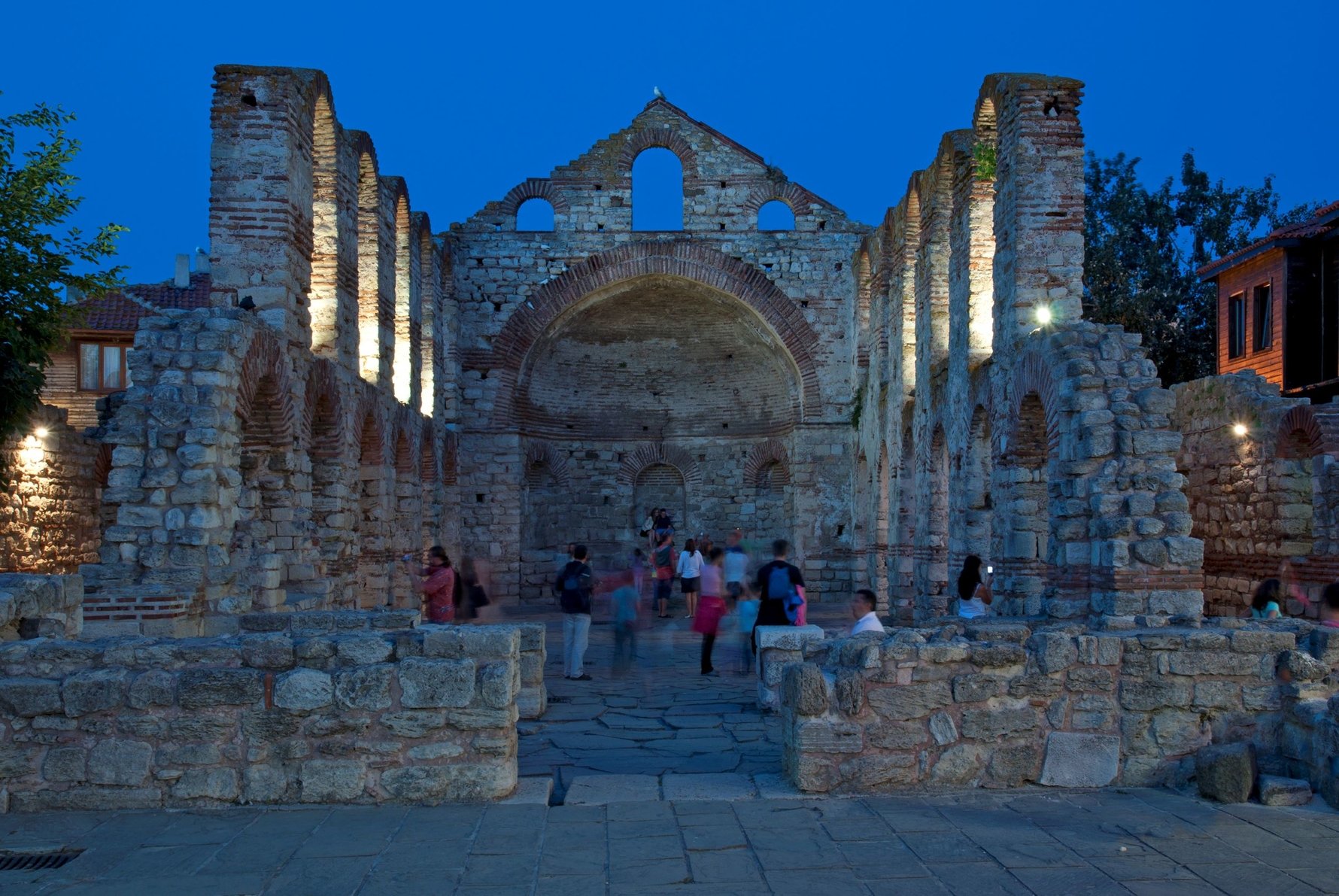
Ancient City of Nessebar (1983)
On the Black Sea coast the popular ancient town of Nessebar is a testimony to the multilayered cultural and historical heritage, dating from the 2000 BC to the present day.
Boyana Church (1979)
On the outskirts of Sofia, in the posh suburb of Boyana at the foot of Vitosha Mountain, this tiny unpresuming church houses some of the most exquisite Medieval frescoes dating back to 1259.
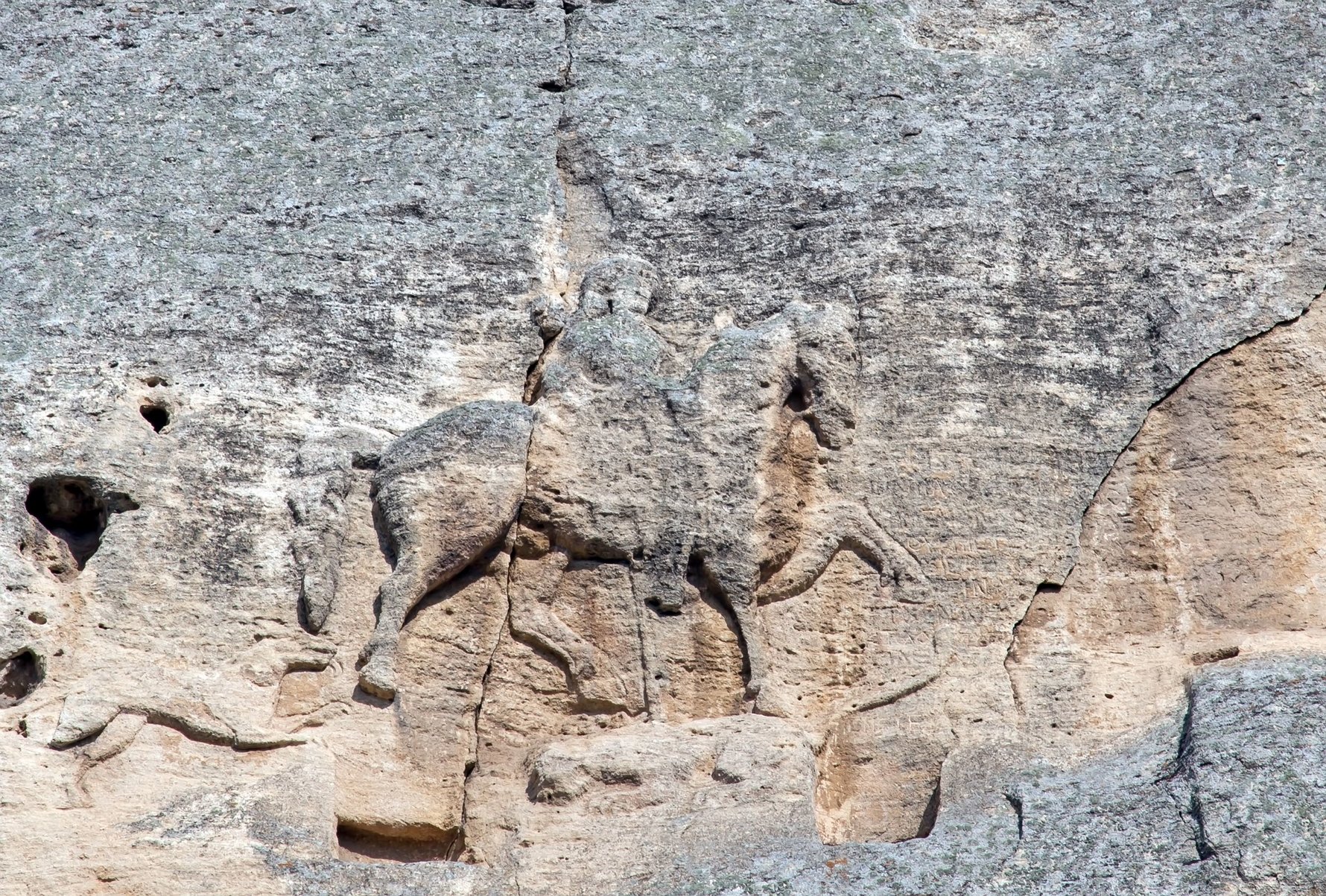
Madara Horseman (1979)
Dating back to the early years of the Bulgarian state in the 8th century, this unusual large relief depicts a knight triumphant over a lion, hewn into a 100 metre high cliff in Northeastern Bulgaria not far from Shumen.
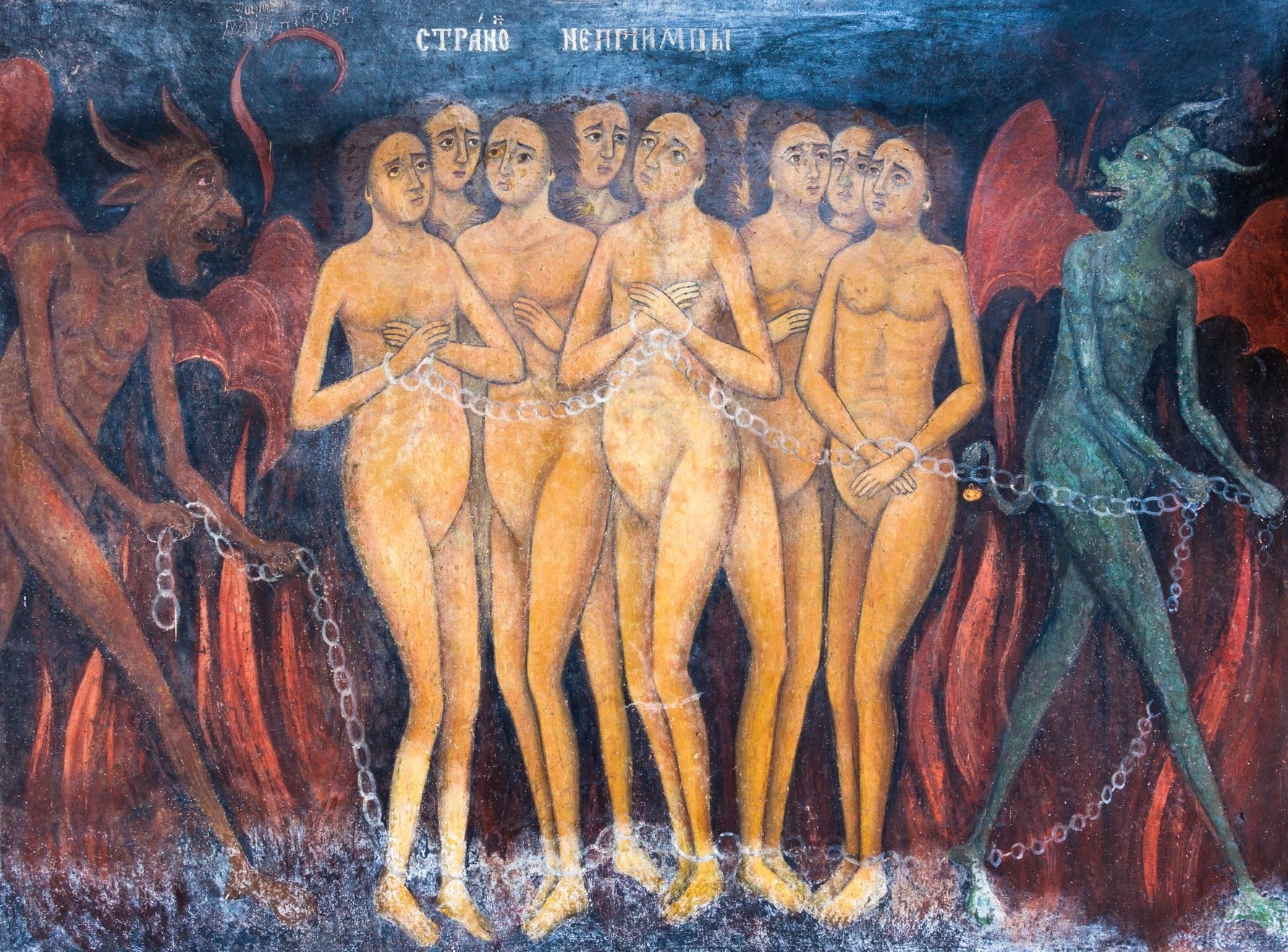
Rila Monastery (1983)
A perfect day trip from Sofia, high up in the Rila Mountains, originally founded by St. John of Rila (Ivan Rilski) in the10th century, the monastery was the hub of spiritual and artistic influence across the Eastern Orthodox world. The stunning architecture and frescoes are a credit to the Bulgarian creative spirit in difficult times.
Rock-Hewn Churches of Ivanovo (1979)
Caves cut into the rocks along the Rusenski Lom river served as churches, chapels and monasteries during the 13th /14th century. The frescoes reveal an exceptional artistry and a remarkable artistic sensitivity for 14th century painting and Bulgarian medieval art.
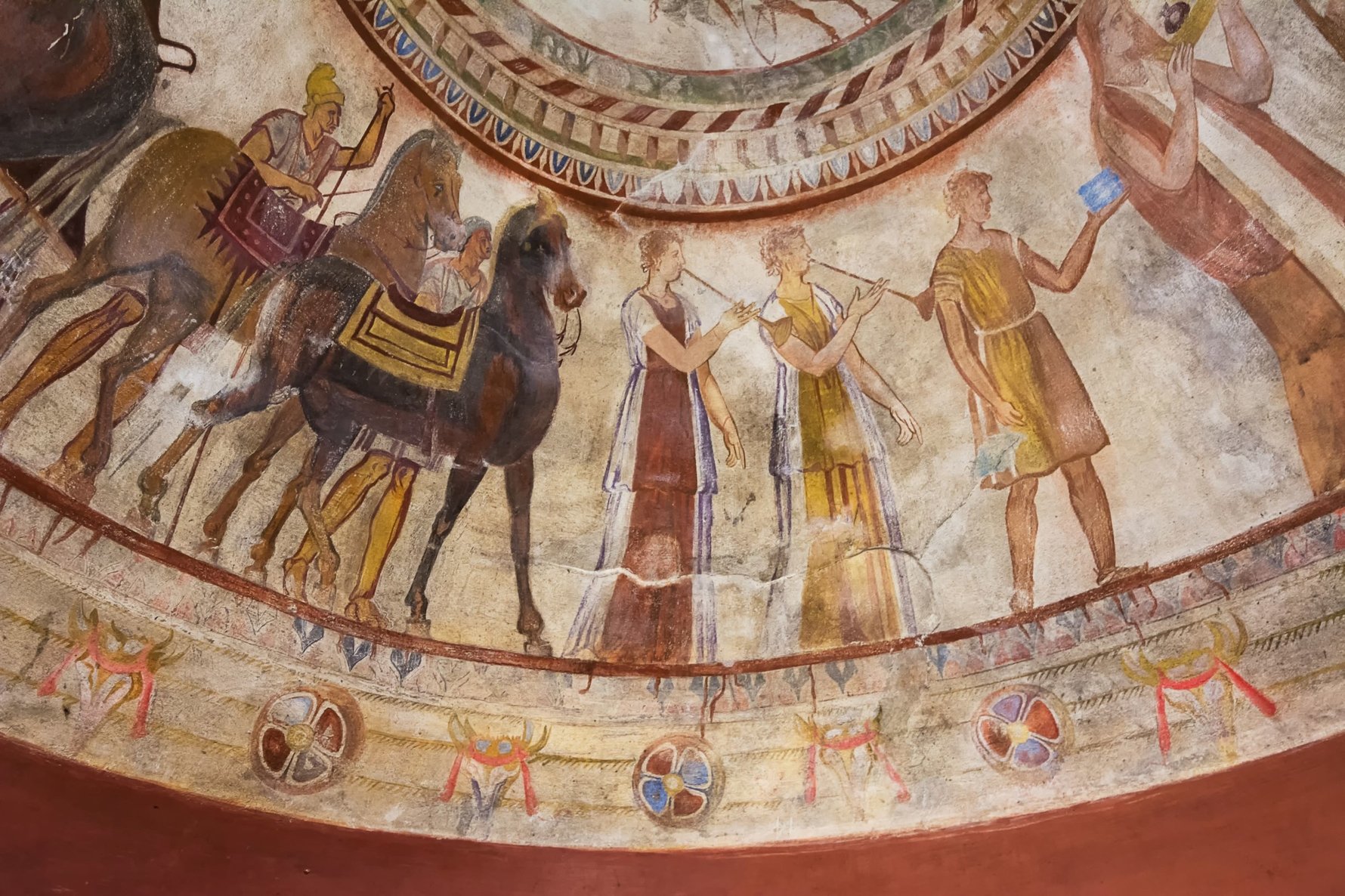
Thracian Tomb of Kazanlak (1979)
Dating back to the 4th century BC, this tomb was uncovered in 1944 and depicts through its murals Thracian burial rites and rituals. Visitors are not allowed into the original tomb, but can visit the replica which is part of the museum in Kazanlak. (Meanwhile several other tombs have been unearthed in the nearby Valley of the Kings)
Thracian Tomb of Sveshtari (1985)
This 3rd-century BC Thracian tomb , in northeastern Bulgaria, reflects the fundamental structural principles of Thracian cult buildings. The tomb has unique architectural detailing, with half-human, half-plant caryatids and painted murals.
Additionally there are 3 nature listings;
Natural
Ancient and Primeval Beech Forests of the Carpathians and Other Regions of Europe (2007,2011,2017,2021)A transnational serial property comprising of 94 component parts across 18 countries, that represents an outstanding example of relatively undisturbed, complex temperate forests.
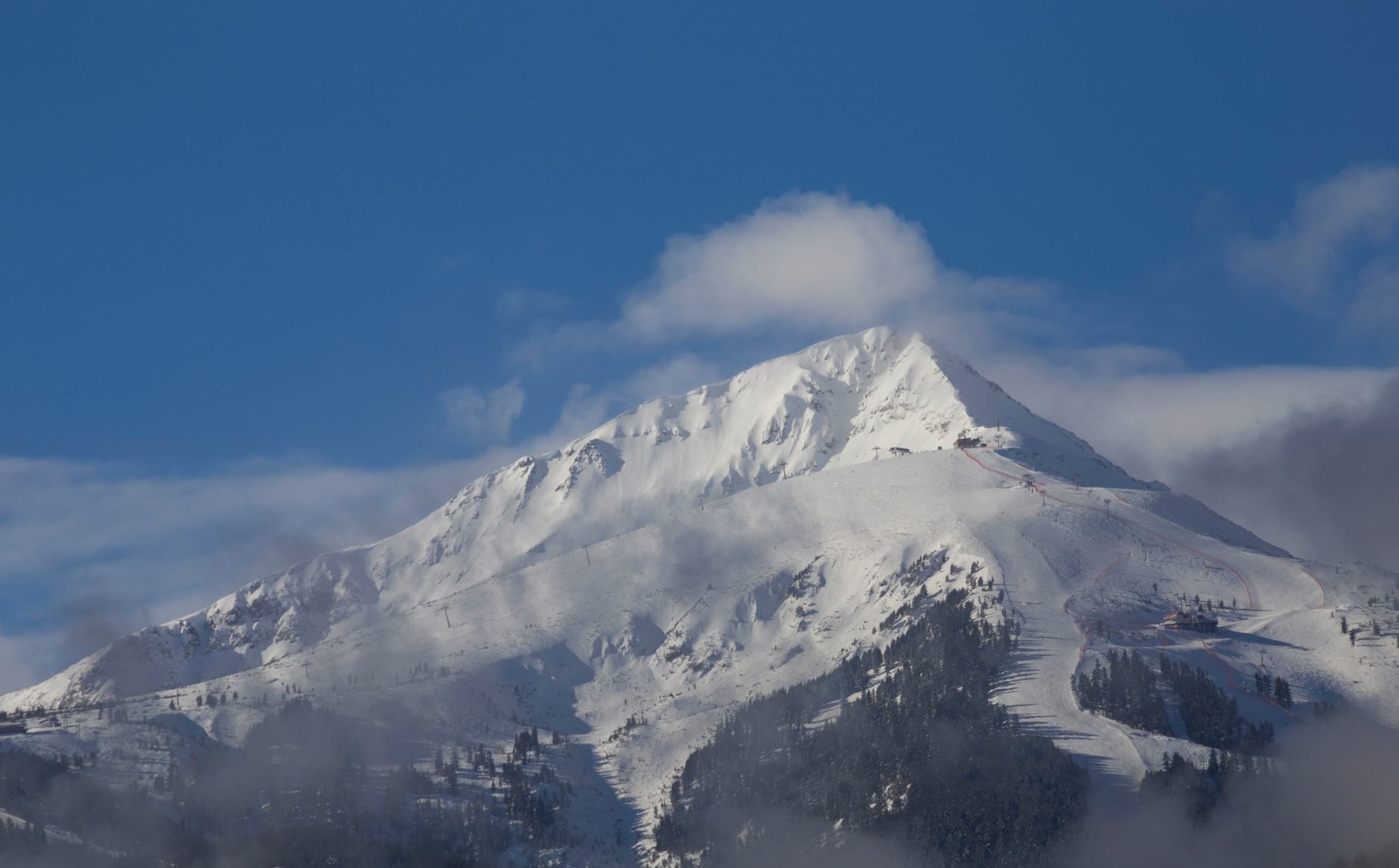
Pirin National Park (1983,2010)
At an altitude between 1008 and 2914 m, the site comprises diverse limestone mountain landscapes with glacial lakes, waterfalls, caves and predominantly coniferous forests. It was originally added to the World Heritage List in 1983 and a more recent extension now covers an area approx 40,000 ha in the Pirin Mountains, except for two areas developed for tourism (skiing).
Srebarna Nature Reserve (1983)
The freshwater lake and surrounding wetlands, close to the Danube delta, is the breeding ground for over 100 species of bird, many rare and endangered and is also important stopping point on the Western Palaearctic flyway. The Srebarna Nature Reserve protects an important example of wetland that was once widespread in Bulgaria.
More details about the sites can be found here





Comments